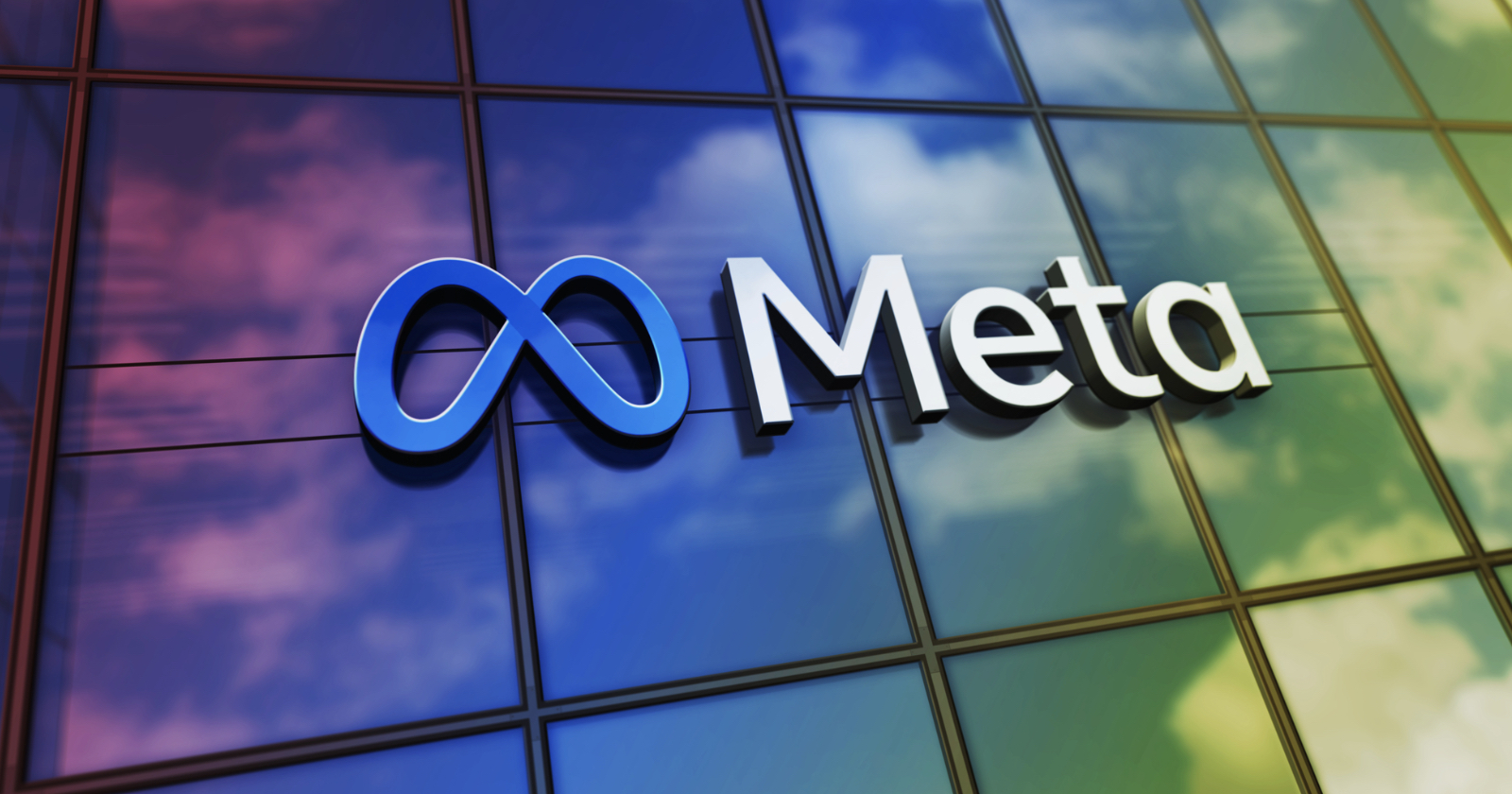Meta is Assessing Response Following Criticism of Instagram’s ‘Made With AI’ Labels

Meta’s AI Labeling Controversy: Understanding the Issues
Background of the AI Labeling System
Recently, Meta, the parent company of social media platforms like Instagram and Facebook, has come under scrutiny for its controversial approach to labeling images as "Made with AI." This decision has sparked frustration among photographers and users alike, especially as the labeling appears to be applied in inconsistent and confusing ways.
Confusion Among Users
Many users have noticed that even authentic photos—such as a snapshot of a cricket team celebrating their championship victory—have been incorrectly tagged with an AI label. This issue raises questions about the accuracy of the labeling system and the criteria Meta uses to determine whether an image is AI-generated.
Examples of Mislabeling
- Cricket Team Celebration: A real-life photograph showing players lifting a trophy was mistakenly labeled as AI content, causing outrage among those who captured and shared the moment.
- Historic Sports Moments: Another example includes a vintage black-and-white photo of NBA legend Larry Bird celebrating during a game, which also received the AI tag despite its authenticity.
These mislabeling incidents have led to significant confusion, as photographers and users are left perplexed about what triggers the AI label.
The Role of Generative Tools
The mislabeling appears to correlate with image editing tools, particularly those that utilize generative AI features. For instance, Adobe Photoshop’s Generative Fill functionality has been pointed out as a potential trigger for the AI label. While some users report that using this tool results in the AI tag, others find that their images do not receive the same treatment, adding to the frustration.
Photographers’ Concerns
The implications of these mislabeling instances are particularly concerning for photographers. Many feel that the tag undermines the integrity of their work, especially since generative AI is often associated with issues regarding unauthorized use of their images for training AI models. This topic has led to various legal disputes and ongoing discussions in the photography community.
Meta’s Response
In light of the backlash, Meta has acknowledged the concerns voiced by users. A spokesperson indicated that the company is actively evaluating its approach to labeling images. The intent, as they described, has always been to inform users about the contents they engage with, particularly regarding AI-generated content.
“We are taking into account recent feedback and continue to evaluate our approach so that our labels reflect the amount of AI used in an image,” the spokesperson stated. Meta aims to align its labeling practices with industry standards and collaborate with other companies that provide digital content.
The Technical Aspects of AI Content Detection
Meta’s labeling system relies on metadata associated with images. This metadata may include C2PA (Coalition for Content Provenance and Authenticity) flags, which are technical standards designed to confirm an image’s origin and whether it has been modified or generated by AI. However, it appears that the technology currently in place is not functioning effectively, as evidenced by the recurring mislabeling issues.
In summary, while Meta’s efforts to inform users about AI-generated content are commendable, the implementation of these measures requires better accuracy and consistency to ensure users have a clear understanding of the images being shared on their platforms. The situation continues to evolve as Meta seeks to refine its approach in response to user feedback and technological advancements.






